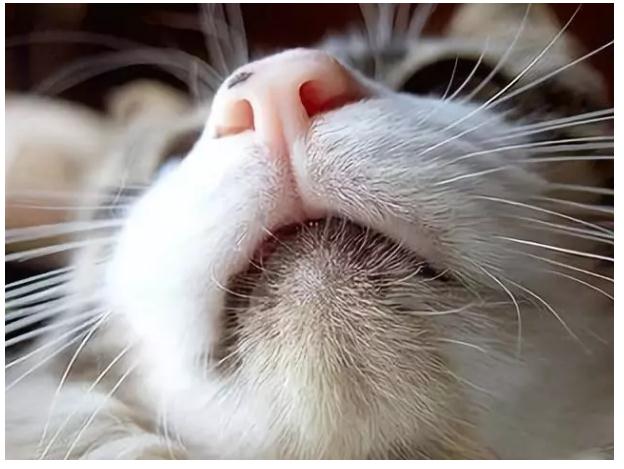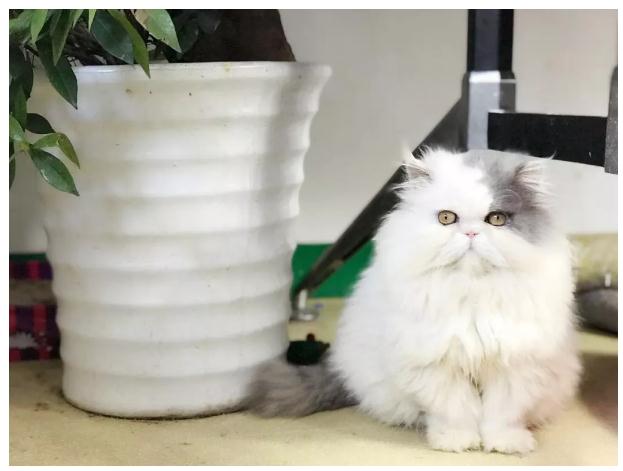Cats’ ears are extremely sensitive, but they are also particularly fragile, and usually require careful care by the owner to avoid problems, and the cat’s ears should be checked regularly for odor and earwax buildup. Depending on the breed, cat ears can be categorized into standing ears, folded ears and reverse ears. Folded ear cats, because of their genes, have ears that fold down to cover the ear canal and are not conducive to ventilation, where bacteria, fungi and other microorganisms like to reside and cause infections in the ear canal. Ear mites are the most common ear parasite in cats, and it is important to use regular monthly medication to prevent ear mites. Cats with standing ears and reverse ears don’t have an easy time with bacteria because the ear canal is also extremely complex. Regardless of the type of cat, it is essential to clean the ears frequently to keep the inside of the ear canal clean.

You can see the steps below:
1, to clean the cat’s ears first drop ear cleaning solution into the ear canal, pinch the tip of the ear, gently ear root;
2. Use a hemostat to roll cotton or a cotton swab and gently wipe the dirt from the ear. Be very careful, because cats are L-shaped ear canals, cleaning must be gentle, not like people pulling out their ears to prevent damage to the cat’s ear canal, or let a professional cat groomer handle it;
3, wipe clean if you want to bathe the cat, it is best to use cotton into the ear, you can avoid water in the ear in the shower process, but also reduce the sound of water flow to bring psychological pressure on the cat. If you are just cleaning the ear canal, you can just soothe the cat. If the cat’s ears are inflamed or have ear mites, consult a doctor for daily cleaning and treatment.
4, if you feel that you are not very professional, it is recommended that you go to a professional pet store, or pet hospital for care, so as not to cause harm to the cat, and create a psychological shadow for the cat.

5. The cat’s ear is easy to hide dirt, and cleaning it is a complicated job because many cats do not allow others to move their ears casually. When cleaning, pay attention to the timing and pick the time when the cat is sleepy and not as active as usual.
6. After bathing, wrap the cat in a dry towel, expose only the head, put special ear oil drops into the cat’s ears and let go of the cat after it has been moisturized. Generally dirt will be brought out when the cat shakes its head; if it cannot be shaken out, it is very likely to have been infected with a disease and it is advisable to seek medical attention as soon as possible.

